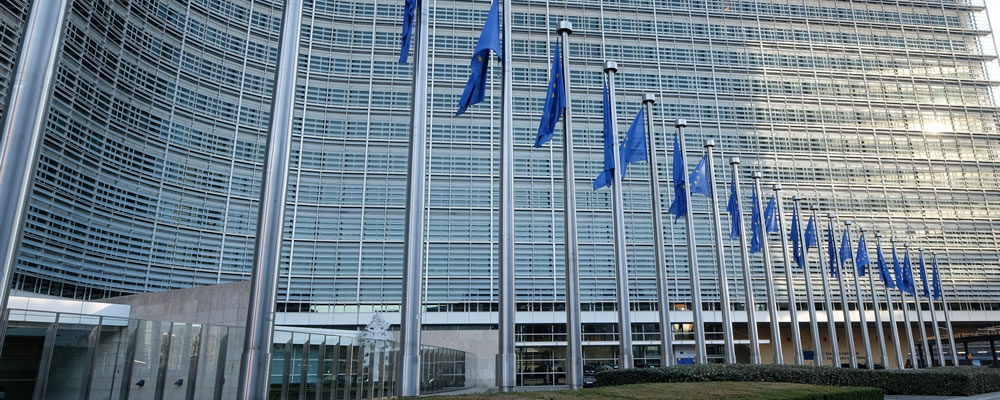Weak Spanish Production Fails to Shore up Pound Euro (GBP/EUR) Exchange Rate
A sharper-than-expected contraction in the Spanish industrial production data was not enough to keep the Pound to Euro (GBP/EUR) exchange rate from shedding some ground.
While production slumped -3.8% on the year in November, reflecting the ongoing impact of the Covid-19 crisis, this failed to put any significant pressure on the Euro (EUR).
The single currency instead benefitted from a general easing in market risk appetite, driven by news of a fresh Chinese lockdown.
With the latest wave of Covid-19 infections causing anxiety around the world there was little reason for investors to favour higher-risk assets, giving the Euro something of a boost against its rivals.
Negative Eurozone Industrial Production Forecast to Limit Euro Appeal
Even so, if the Eurozone industrial production data also proves underwhelming on Wednesday this could see EUR exchange rates come under a degree of pressure.
As long as signs point towards weakness within the Eurozone economy the odds of a double-dip recession look set to pick up, to the detriment of the single currency.
Unless production can demonstrate greater resilience than forecast on the month the Euro could falter.
With the Eurozone economy still under pressure from Covid-19 restrictions in the first quarter the risk of another period of negative economic growth could weigh heavily on EUR exchange rates.
On the other hand, the Euro may struggle to make any major gains in the days ahead if the US Dollar (USD) maintains a dominant outlook.
Thanks to the negative correlation of the Euro to US Dollar (EUR/USD) exchange rate any bout of US Dollar bullishness could drag on the single currency, limiting its ability to push higher against the Pound.
GBP/EUR Exchange Rate Vulnerable to Weaker UK Gross Domestic Product
With fresh UK data releases thin on the ground in the majority of the week the GBP/EUR exchange rate may struggle to find any particular footing in the near term.
Fresh volatility could be in store for the Pound on Friday, however, with the release of November’s UK gross domestic product figures.
Forecasts point towards the monthly growth rate plunging by -5.7%, highlighting the extent of the second national lockdown’s impact on the economy.
Evidence that the economy lost significant momentum in November would raise the risk of the overall fourth quarter growth rate also turning negative.
As long as the UK economy appears on course to suffer another major slowdown the GBP/EUR exchange rate could find itself biased to the downside.
On the other hand, if the growth data shows a smaller decline than forecast this could help to put a temporary floor under the Pound.



